With the addition of ultraviolet light imagery, astronomers using NASA’s Hubble Space Telescope have captured the largest panoramic view of the fire and fury of star birth in the distant universe. Take a look: https://go.nasa.gov/2EmeKVU


With the addition of ultraviolet light imagery, astronomers using NASA’s Hubble Space Telescope have captured the largest panoramic view of the fire and fury of star birth in the distant universe. Take a look: https://go.nasa.gov/2EmeKVU
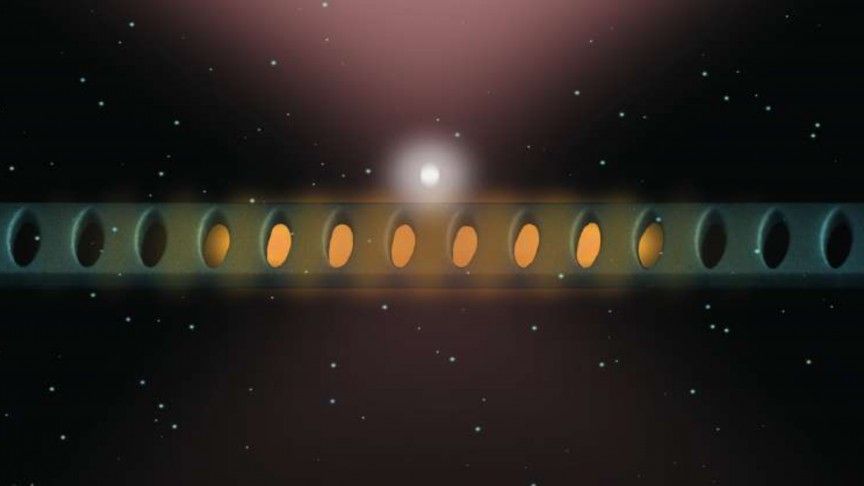
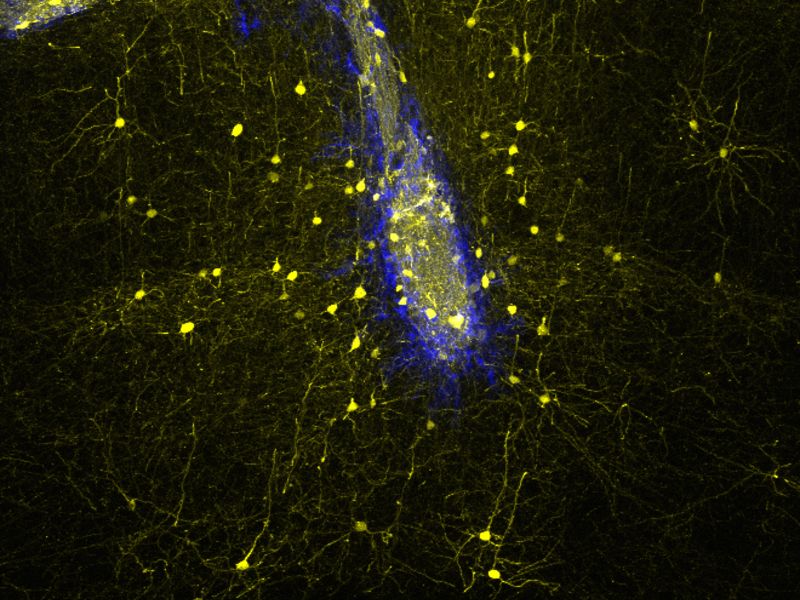
When it comes to recovering from insult, the adult human brain has very little ability to compensate for nerve-cell loss. Biomedical researchers and clinicians are therefore exploring the possibility of using transplanted nerve cells to replace neurons that have been irreparably damaged as a result of trauma or disease. However, it is not clear whether transplanted neurons can be integrated sufficiently, to result in restored function of the lesioned network. Now researchers at the Max Planck Institute of Neurobiology in Martinsried, the Ludwig Maximilians University Munich, and the Helmholtz Zentrum München have demonstrated that, in mice, transplanted embryonic nerve cells can indeed be incorporated into an existing network and correctly carry out the tasks of damaged cells originally found in that region.
Neurodegenerative diseases such as Alzheimer’s or Parkinson’s disease, but also stroke or certain injuries lead to a loss of brain cells. The mammalian brain can replace these cells only in very limited areas, making the loss in most cases a permanent one. The transplantation of young nerve cells into an affected network of patients, for example with Parkinson’s disease, allow for the possibility of a medical improvement of clinical symptoms. However, if the nerve cells transplanted in such studies help to overcome existing network gaps or whether they actually replace the lost cells, remained unknown.
In the joint study, researchers of the Max Planck Institute of Neurobiology, the Ludwig Maximilians University Munich, and the Helmholtz Zentrum München have specifically asked whether transplanted embryonic nerve cells can functionally integrate into the visual cortex of adult mice. The study was supported by the center grant (SFB) 870 of the German Research Foundation (DFG). “This brain region is ideal for such experiments,” says Magdalena Götz, joint leader of the study together with Mark Hübener, who continues to explain: “By now, we know so much about the functions of the nerve cells in the visual cortex and the connections between them that we can readily assess whether the new nerve cells actually perform the tasks normally carried out by the network.”

Fu Qiang examines flight simulator cockpit parts at Wright Brothers Science and Technology Development Co., Ltd. in Harbin, northeast China’s Heilongjiang Province, Dec. 14, 2018. If it were not for a common infatuation with flight simulation, chances are that Liu Zhongliang, Fu Qiang and Zhou Zhiyuan, who had once led three entirely distinct careers, might never come across one another, let alone team up and approach an aviation dream. The aviation enthusiast trio launched their hardware developing team in 2009. From the very first electronic circuit, to today’s flight simulator cockpits, the core spirit of autonomous design prevailed throughout the course of their venture. In 2014, Liu, Fu and Zhou left Zhengzhou in central China and relocated to Harbin. They were joined by Ge Jun, another aviation enthusiast, entering a business fast track as the four registered their company, named after the Wright Brothers. The prototype of a scale 1:1 Boeing 737–800 cockpit procedure trainer took shape in the same year. And in the year to come, the simulator cockpit was put to standardized production. The company’s products have obtained recognitions at various levels. In November 2016, a refined model of their cockpit procedure trainer obtained technical certification from the China Academy of Civil Aviation Science and Technology, one of the country’s top research institutes in the field. Later, another flight simulator cockpit prototype received Boeing authorizations. One aspiration of the team is to apply for higher-level technical certifications for their simulator cockpits, and become a viable contributor to the Chinese jetliner industry. (Xinhua/Wang Song)

People with depression also tend to “visit primary care physicians more often than others,” explains Prof. Lorenzo-Luaces. “They have more medical problems, and their depression sometimes gets in the way of their taking their medication for other medical problems.”
So, for the new review, the team examined 21 existing studies using meta-regression analysis. The analysis concluded that CBT apps were effective for treating mild, moderate, and severe depression.
Some of the trials included in the review compared a CBT app with a sham app. In these studies, the real apps were also significantly more effective at treating depression.
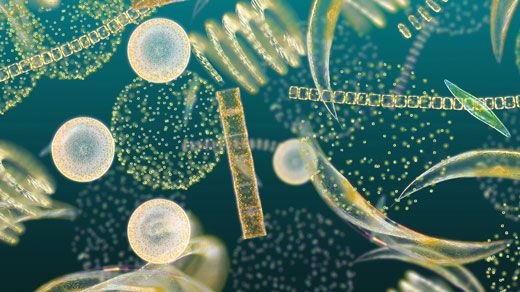
‘’But they noticed an unrealistic defect in the calculations that had traditionally been used in models to validate the KTW idea: They “described populations as if individuals did not exist. It’s as if we described a liquid without acknowledging atoms,” Goldenfeld explained by email.’’
Modelers find evidence that a combination of competition, predation and evolution will push ecosystems toward species diversity anywhere in the universe.

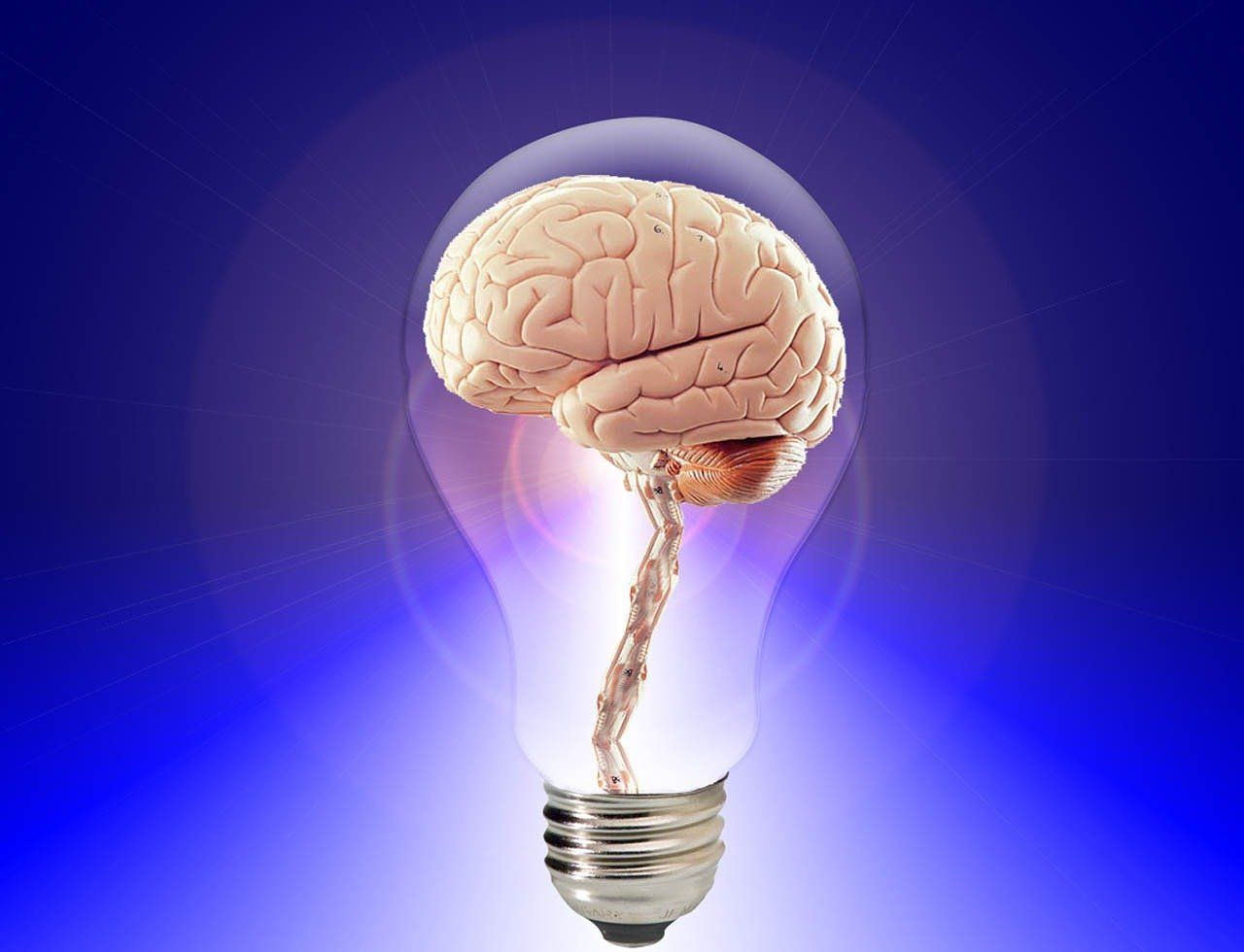
The human brain needs to suppress obvious ideas in order to reach the most creative ones, according to scientists at Queen Mary University of London and Goldsmiths, University of London.
Creativity requires us to break away from more common and easily reached ideas but we know little about how this happens in our brain.
A new study, published in the Proceedings of the National Academy of Sciences, shows that brainwaves play a crucial role in inhibiting habitual thinking modes to pave the way to access more remote ideas.
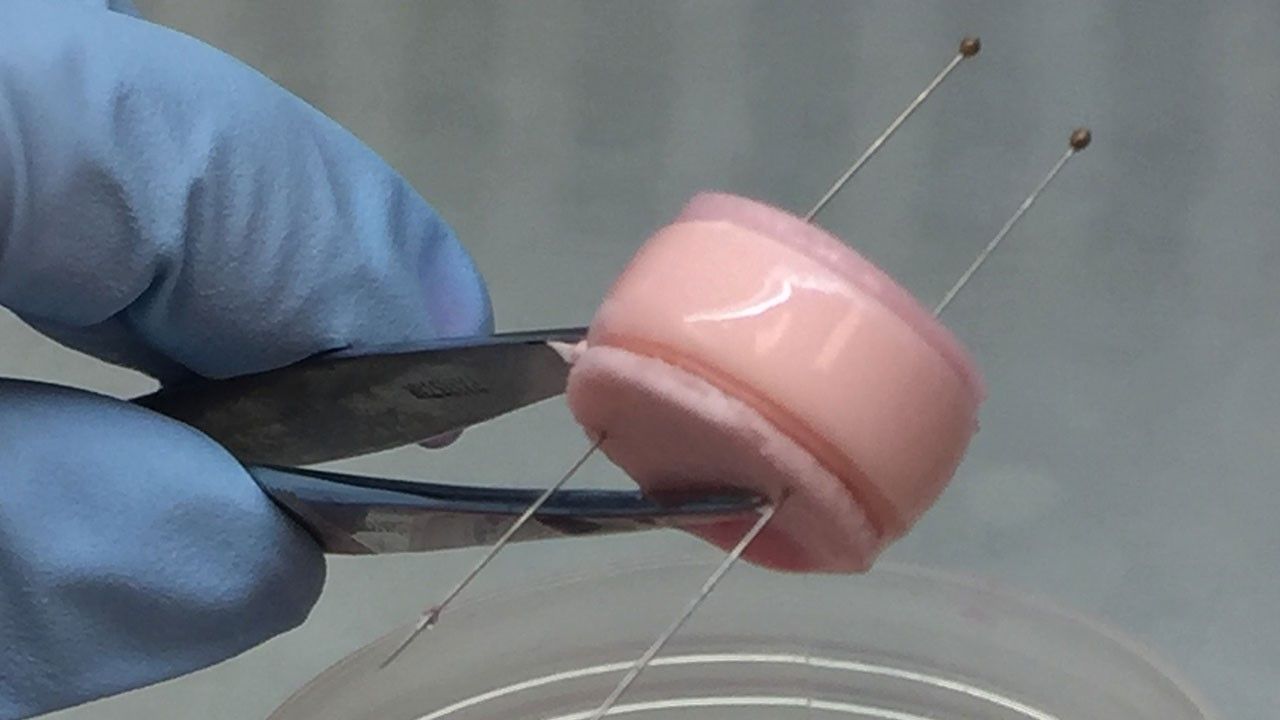

United Therapeutics will license, develop, and commercialize CollPlant Holdings’ recombinant human collagen (rhCollagen) and BioInk technology for 3D bioprinting of solid-organ scaffolds for human transplants, the companies said today, through a collaboration that could generate more than $44 million.
Through its wholly- owned organ manufacturing and transplantation-focused subsidiary Lung Biotechnology PBC, United Therapeutics has been granted what the companies termed an exclusive license “throughout the universe” by CollPlant to its technology for producing and using rhCollagen-based BioInk for 3D bioprinted lung transplants.
Lung Biotechnology PBC is a public benefit corporation formed to address the acute national shortage of transplantable lungs and other organs with a variety of technologies that either delay the need for such organs or expand the supply.